Practical Strategies for Technical Communication: A Brief Guide Third Edition
Practical Strategies for Technical Communication: A Brief Guide, 3rd Edition by Mike Markel and Stuart A. Selber is a clear, concise, and accessible textbook that provides students and professionals with the essential skills needed for effective technical communication. Unlike lengthy academic texts, this book focuses on practical, real-world strategies to help readers write with clarity, precision, and professionalism.
Technical communication is a critical skill in today’s workplace, whether you are preparing reports, emails, instructions, proposals, or presentations. This book is designed for students, engineers, scientists, business professionals, and technical writers who need to communicate complex information in a way that is easily understood by diverse audiences.
Key Features of the 3rd Edition
1. Focus on Practical Strategies
This edition emphasizes real-world applications rather than abstract theories. The authors provide step-by-step guidance on:
- Writing clear and concise technical documents
- Adapting content for different audiences and purposes
- Using effective visual design (tables, graphs, infographics)
- Improving readability with structured formatting
By following these strategies, readers can produce high-quality technical documents that meet professional standards.
2. Audience-Centered Approach
One of the biggest challenges in technical writing is knowing your audience. This book teaches:
✅ How to identify the audience’s needs
✅ How to adjust tone, style, and complexity accordingly
✅ How to create user-friendly documents
By focusing on user-centered design, this book helps professionals communicate complex ideas effectively to both technical and non-technical readers.
3. Coverage of Digital and Multimodal Communication
With the rise of digital media, technical communication now extends beyond traditional documents. This edition includes:
📌 Email and professional correspondence
📌 Website and social media writing
📌 Online documentation and help systems
These insights help students and professionals adapt to modern communication platforms and ensure their content is accessible and engaging.
4. Visual Design and Document Formatting
Technical documents are more than just words—they often require diagrams, tables, charts, and infographics to convey information. This book covers:
📌 Best practices for incorporating visuals
📌 Typography and layout for readability
📌 Using white space and headings effectively
These design principles help make documents more readable and professional.
5. Ethical and Legal Considerations
Technical communication isn’t just about writing—it also involves ethics, copyright laws, and professional responsibility. The book discusses:
✅ Plagiarism and proper citation
✅ Maintaining accuracy and transparency
✅ Avoiding bias in communication
This section is particularly valuable for professionals in regulated industries such as healthcare, engineering, and law.
Why This Book is Essential for Technical Communicators
✅ Concise and easy to follow – Perfect for busy professionals and students
✅ Practical strategies – No fluff, just real-world applications
✅ Updated for digital communication – Covers emails, websites, and social media
✅ Strong focus on audience adaptation – Helps tailor writing for different users
✅ Includes visual design principles – Enhances clarity and readability
Whether you’re a student learning technical writing or a professional looking to improve workplace communication, this book provides valuable, actionable insights that can improve your writing efficiency and effectiveness.
you mey like .https://natashabookstore.com/books/applied-mechanics-3rd-edition/
Product details
- Publisher : Bedford/St. Martin’s; Third edition (October 5, 2018)
- Language : English
- Paperback : 560 pages
- ISBN-10 : 1319104320
- ISBN-13 : 978-1319104320
- Reading age : 1 year and up
- Item Weight : 1.77 pounds
- Dimensions : 7.89 x 0.66 x 8.95 inches

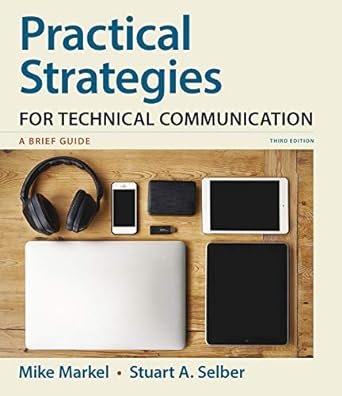

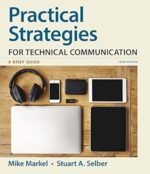

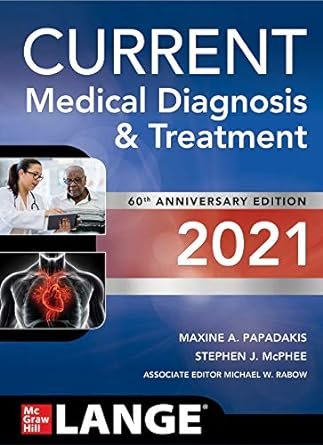
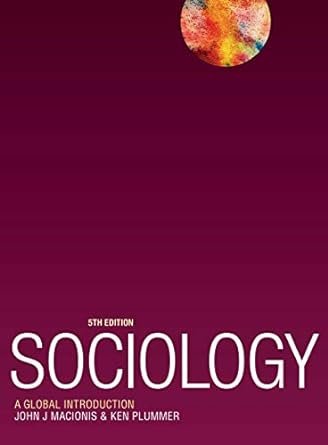
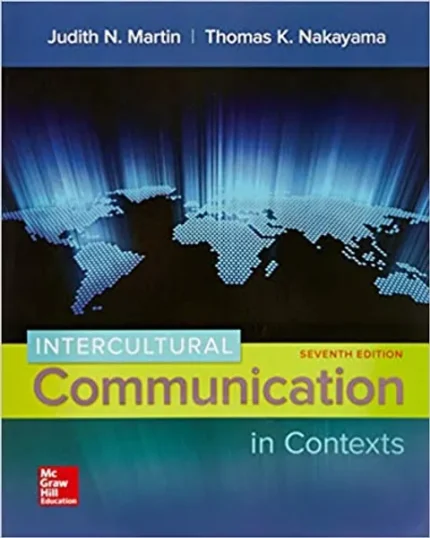
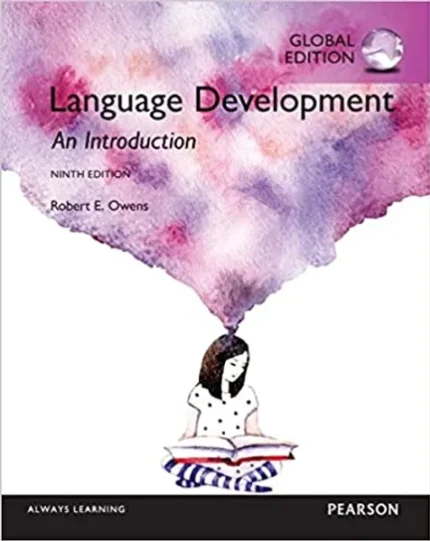
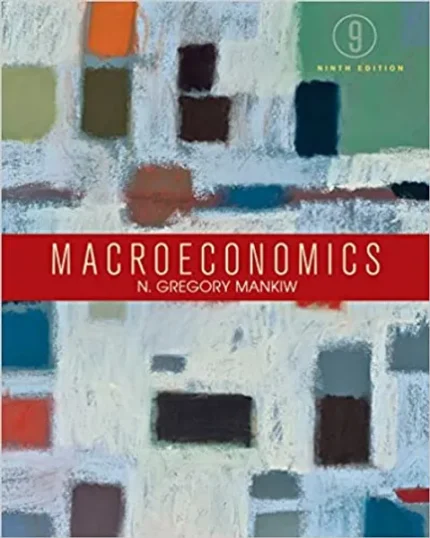
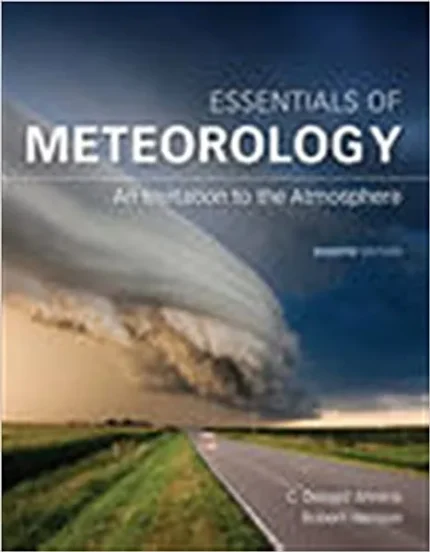


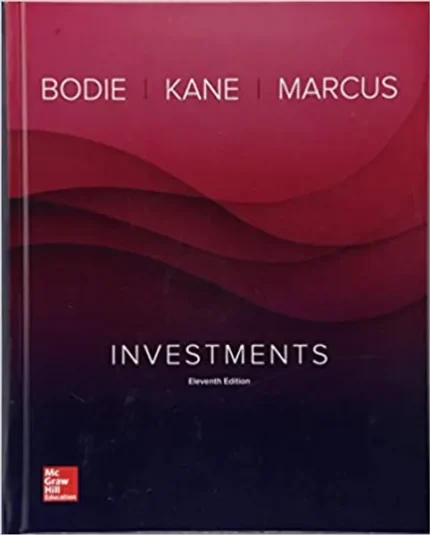
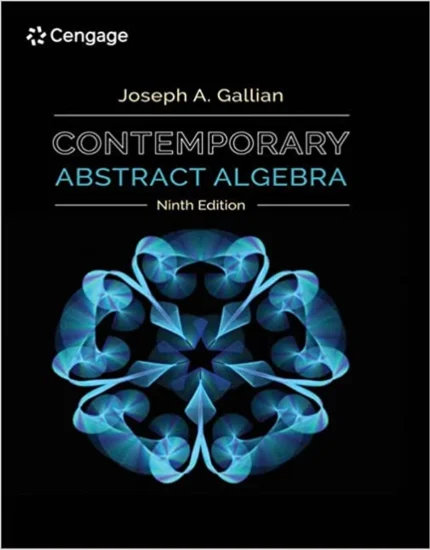
Reviews
There are no reviews yet.